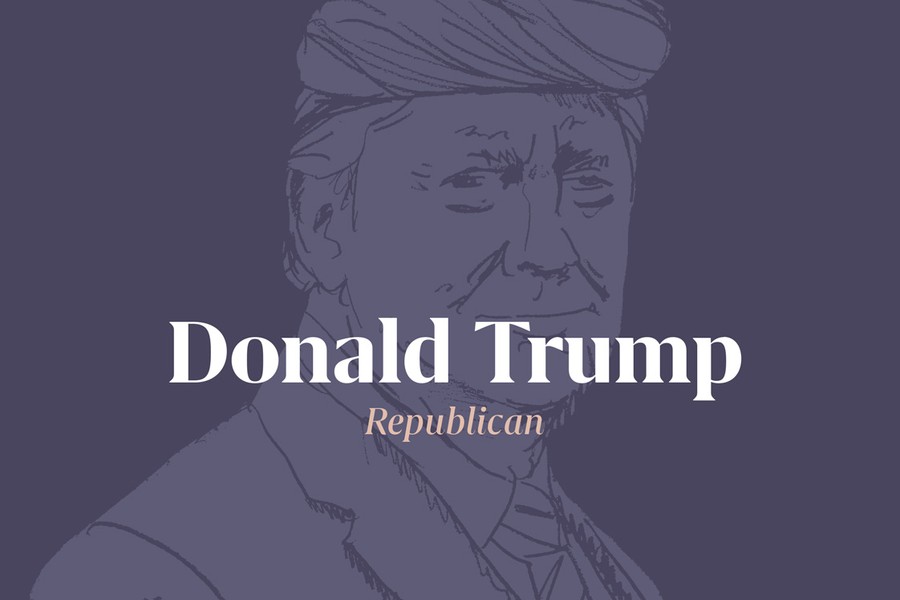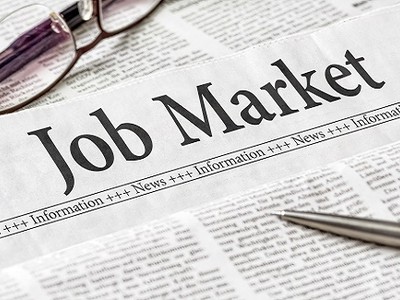That means that he needs just 11 of the 136 “uncertain” votes to win. The uncertainty is reflected in the betting odds with RealClear Politics having Biden with a 54% chance of winning and Trump with 46% as at the time of writing.
So how do you trade a Trump win in the stock market? Technology is unlikely to be adversely affected by a Trump win and as long as the sector delivers its anticipated expansion of absolute profitability, it should continue with the same shareholder value creation of the past few years.
Healthcare should be a main beneficiary, as it must be discounting the probability of a Biden victory. Biden threatens to take healthcare dollars to fund Obamacare-like projects. Healthcare is on a roll as things stand and this should carry forward on the back of a Trump victory.
Both aspirants are aware of the national awareness of the need to invest in simple infrastructure like roads and bridges; I am cautious about how much electioneering talk could move promises of infrastructure spending into reality. Trump promised lots of infrastructure spending at his first victory but has failed to deliver on those expectations. But, if this time is different, then the industrial sector that is exposed to infrastructure spending could surprise on the upside.
European and UK industrial sectors might find selective names in industries, which Trump has sought to protect and accelerate, under his America First policy, at risk. Aero manufacturing springs to mind as part of the Boeing vs Airbus subsidy fight.
The other sector for politically driven profit potential is the utilities. Utilities have regulated incomes, which are relatively fixed by formula and predictable in nature when compared to the rest of the market. The formulae that drive the calculation for revenue incorporate current interest rate expectations. If interest rates turn out to be less than what the market was expecting then the value of utilities tends to move higher. I expect the Republican brake on fiscal extravagance to drive lower interest rates than what you would see under Biden. With this in mind, we could well see utilities move ahead if Trump looks like being successful.
Financial Services usually do better under a less regulatory Republican regime. Well, they have done in the past but this time it is different. Banks make a profit on the difference between the rate they pay to depositors and the rate they charge borrowers, which is called the Net Interest Margin, or NIM. In the good old days, NIMs of 4% were the norm, but as interest rates have fallen to zero, banks have found they cannot easily charge negative interest rates and so we now see NIMs around the 2.5% level. If the Republicans are more fiscally prudent than the Democrats, then interest rates will be lower under Republicans and, more importantly, the yield curve will be flatter. A flat yield curve means that the difference between the one-year rate and the ten-year rate is small. The net effect of that is that banks and other financials, like insurance, could do worse under Trump than you would normally expect.
Read more related Insights:
- US Presidential Election
- Supreme Court Vacancies and its effect on the US election
- Trading a Biden victory
- Is there more to Trump than meets the tweet?
- Watch a Q&A with Freddy Gray, US Editor of the Spectator magazine
Please remember that your capital is at risk and the value of investments can fall, therefore you may get back less than you invested. The views expressed are those of the author.



